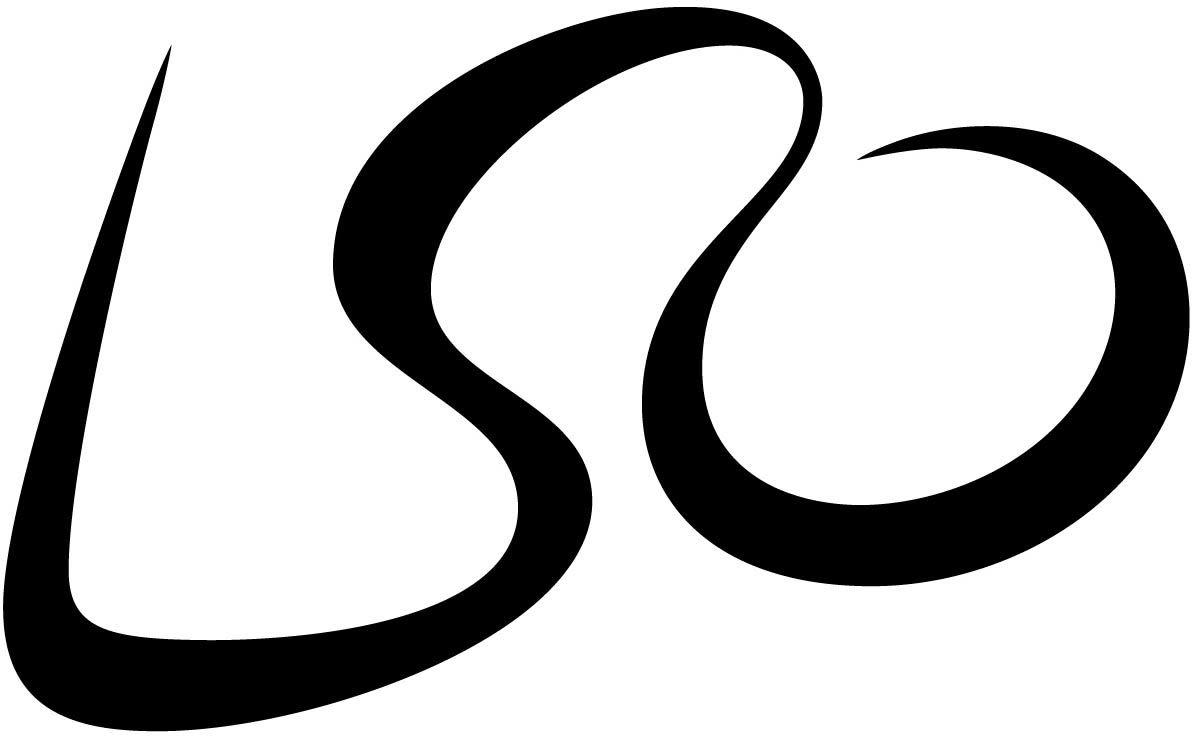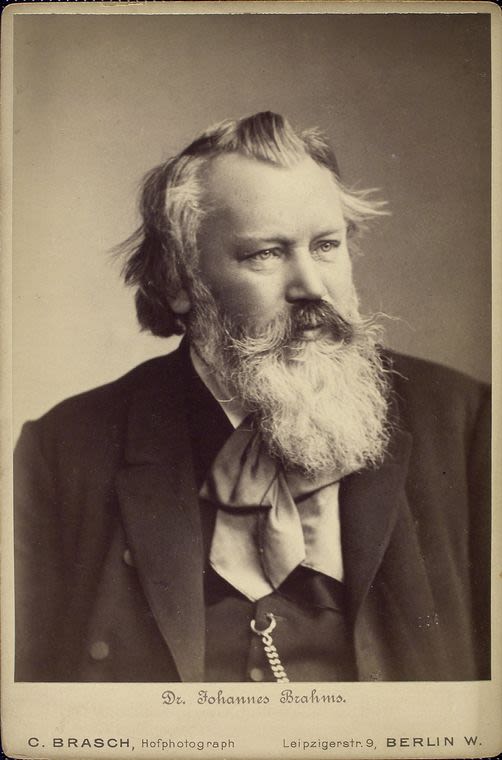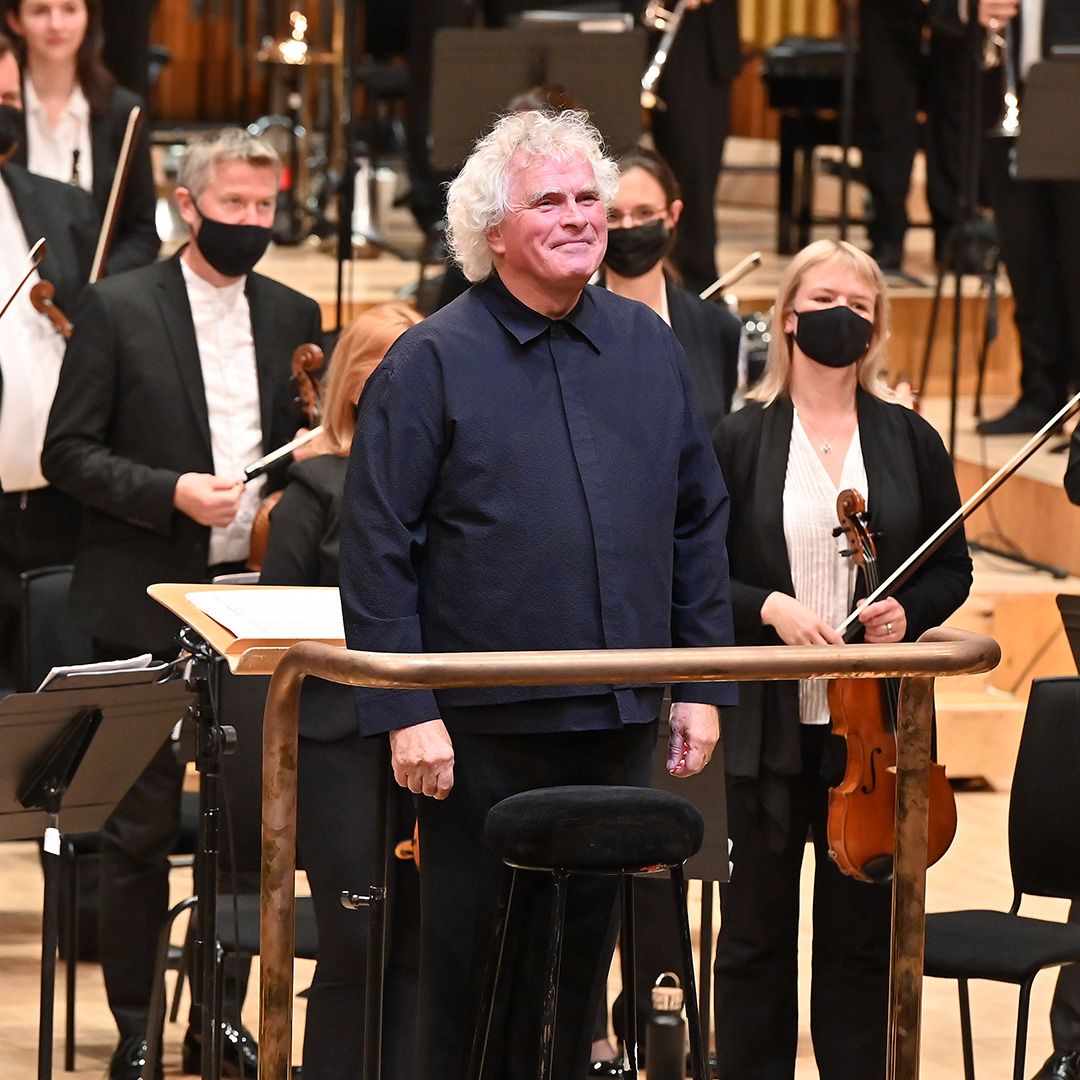Symphony No 4
Johannes Brahms
✒️1884–5 | ⏰ 42 minutes

Johannes Brahms
Born: Hamburg, Germany, 1833
Died: Vienna, Austria, 1897
‘Without craftsmanship, inspiration is a mere reed shaken in the wind.’
One of the ‘three Bs’, after Bach and Beethoven, Johannes Brahms is often seen as a Classicist who happened to be born in the Romantic era. He worked mainly in the established forms – concerto, sonata, symphony – avoiding the more progressive tone-poems of Franz Liszt and the grandiose music-dramas of Richard Wagner.
From an early age he was forced to earn money for his family by playing the piano in Hamburg’s seedy sailors’ bars. Then, in 1853, a concert tour brought him famously into contact with Robert Schumann, who publicly declared the young composer a genius. After Schumann’s death in 1856, Brahms remained close to Schumann’s widow Clara. Their relationship, which lasted until her death in 1896, is documented in over 800 surviving letters.
From 1863 Brahms lived in Vienna. The German Requiem and Hungarian Dances swelled his reputation and his Variations on the St Anthony Chorale attracted attention ahead of his First Symphony. He wrote much choral music (he conducted both the Singakademie and the Singverein in Vienna) and led a pioneering revival of interest in Renaissance and Baroque music. He also composed over 200 songs and much chamber and piano music, but no opera. After his death in Vienna in 1897 he was buried next to Ludwig van Beethoven and Franz Schubert.
What's the story?
Brahms’ four symphonies came along a little like buses. He struggled for 18 years on the First, partly because the bar had been set high. The composer Robert Schumann had publicly named Brahms as the bright hope in Germany’s symphonic future.
On top of this, Brahms was painfully aware that he was following in the footsteps of Beethoven. ‘I shall never write a symphony!’ he wrote to his friend, the conductor Hermann Levi in 1870. ‘You have no idea what it’s like always to hear that giant marching along behind me’. But then, after he got the First out of his system, the next three symphonies followed relatively swiftly, within a decade.
Why is this piece so iconic?
Many people consider Brahms’ Fourth to be the greatest of his four symphonies, but it’s also his most tragic. At a playthrough on two pianos to some assembled friends, they were reportedly bemused. One of them, the critic Eduard Hanslick, said that ‘for the whole [of the first] movement I had the feeling I was being given a beating by two incredibly intelligent people’.
Another friend advised the composer to ditch the third movement and keep the final movement as a separate work. Brahms was clearly keen to manage expectations about what his symphony would be like. Writing to his friend the conductor Hans von Bülow from the Alpine resort town of Mürzzuschlag, where he worked on the Symphony in the summers of 1884 and 1885, he offered an insight into the tone of the symphony: ‘I’m really afraid it tastes like the climate around here. The cherries don’t ripen in these parts – you wouldn’t eat them!’
What is the music like?
The first movement opens with what seems like a free-wheeling lyrical theme, with babbling accompaniment, but on a closer listen the tune’s self-interruptions suggest uncertainty. Signalled by sudden fanfares, the second theme – for cellos – is more rousing. As the movement progresses, each idea carries through subtle markers from what came before it: what sounds like a seamless unfolding is actually underpinned by unswerving logic.
In contrast to the furrowed-brow ending of the first movement, the Andante moderato begins with a distant horn call that ushers in a gently circling tune on clarinet – a nocturnal serenade, intimately accompanied by plucked strings. A luminous romantic cello tune follows. ‘Every cellist … ’, said Brahms’ friend and confidante Elisabeth von Herzogenberg, ‘will revel in this glorious, long-drawn-out song breathing of summer.’ The tune becomes even richer when it returns in oozing strings before the end.
The third movement of a symphony is typically a scherzo – a light-hearted, jokey piece – and Brahms’ is marked ‘giocoso’ (playfully), though it defies convention by being in two beats to the bar rather than three, giving it an earthy march-like feel. Listen (and watch) out for the triangle – the only time Brahms used the instrument in his symphonies.
Unusually for a finale, Brahms chose the form of a passacaglia, in which variations are created around a repeating bass pattern (this one taken from Bach’s Cantata No 150). Here there are 30 variations, undergoing a variety of moods in a feat of ingenuity that proved Brahms was every bit a worthy sucessor to Beethoven.
Keep Listening
Delve deeper into the music featured in our Half Six Fix series, and find related music recommendations, with our Half Six Fix playlist.

Sir Simon Rattle
Conductor Emeritus
Sir Simon Rattle has an insatiable appetite for music. Whether it’s early or modern, classical or jazz, concert or opera, he brings a freshness of approach to everything he does. This year marks his 50th anniversary as a professional conductor. In the UK he has worked extensively in early music (with the Orchestra of the Age of Enlightenment) and in opera (with the Glyndebourne Festival). For nearly two decades from 1980 he was at the helm of the City of Birmingham Symphony Orchestra, where he converted audiences to a richly varied musical diet. In 2002 he became the only Brit to become Chief Conductor of the Berlin Philharmonic, and in 2017 he joined the LSO as Music Director, 40 years after he first conducted the Orchestra. Last year he became Chief Conductor of the Bavarian Radio Symphony Orchestra and the LSO’s Conductor Emeritus. This season he also took on the role of Principal Guest Conductor with the Czech Philharmonic.
The London Symphony Orchestra
At the London Symphony Orchestra, we strive to inspire hearts and minds through world-leading music-making. We were established in 1904 as one of the first orchestras shaped by its musicians, and today we’re ranked among the world’s top orchestras. As Resident Orchestra at the Barbican since the Centre opened in 1982, we perform some 70 concerts here every year. We also perform over 50 concerts a year to audiences throughout the UK and worldwide, and deliver a far-reaching programme of recordings, live-streams and on-demand broadcasts.
Through our world-leading learning and community programme, LSO Discovery, we’re connecting people from all walks of life to the power of great music. Our musicians are at the heart of this unique programme. In 1999 we formed our own recording label, LSO Live, which has become one of the world’s most talked-about classical labels. As a leading orchestra for film, we’ve entertained millions with classic scores for Star Wars, Indiana Jones and many more.
On Stage
Leader
Andrej Power
First Violins
Frederik Paulsson
Clare Duckworth
Ginette Decuyper
Laura Dixon
Maxine Kwok
William Melvin
Stefano Mengoli
Claire Parfitt
Elizabeth Pigram
Laurent Quénelle
Harriet Rayfield
Sylvain Vasseur
Caroline Frenkel
Aleem Kandour
Dmitry Khakhamov
Kynan Walker *
Second Violins
Julián Gil Rodríguez
Sarah Quinn
Miya Väisänen
David Ballesteros
Matthew Gardner
Naoko Keatley
Alix Lagasse
Belinda McFarlane
Iwona Muszynska
Csilla Pogány
Helena Buckie
Mitzi Gardner
Dániel Mészöly
Violas
Eivind Ringstad
Gillianne Haddow
Anna Bastow
Thomas Beer
Steve Doman
Julia O’Riordan
Robert Turner
Emily Clark *
Fiona Dalgliesh
Jenny Lewisohn
Alistair Scahill
Elisabeth Varlow
Matthias Wiesner
Cellos
David Cohen
Laure Le Dantec
Alastair Blayden
Salvador Bolón
Ève-Marie Caravassilis
Daniel Gardner
Amanda Truelove
Young In Na
Ghislaine McMullin
Victoria Simonsen
Double Basses
Rodrigo Moro Martín
Patrick Laurence
Chaemun Im
Thomas Goodman
Joe Melvin
Jani Pensola
Toby Hughes
Yuhan Ma *
Simon Oliver
Flutes
Joshua Batty
Imogen Royce
Piccolo
Sharon Williams
Oboes
Juliana Koch
Henrietta Cooke
Clarinets
Chris Richards
Chi-Yu Mo
Bassoons
Rachel Gough
Joost Bosdijk
Contra Bassoon
Martin Field
Horns
Diego Incertis Sánchez
Timothy Jones
Angela Barnes
Henry Ward
Jonathan Maloney
Trumpets
James Fountain
Jon Holland
Adam Wright
Trombones
Rebecca Smith
Jonathan Hollick
Bass Trombone
Paul Milner
Timpani
Patrick King
Percussion
Neil Percy
* LSO String Experience Scheme Member
Kindly supported by the Barbara Whatmore Charitable Trust, the Idlewild Trust and The Thriplow Charitable Trust.
Programme Notes Edward Bhesania. Edward Bhesania is a music journalist and editor who writes for The Stage, The Strad and the Guildhall School of Music & Drama.
LSO Visual Identity & Concept Design Bridge & Partners



